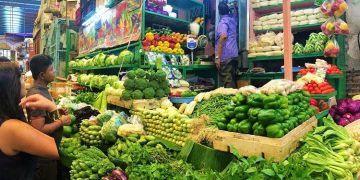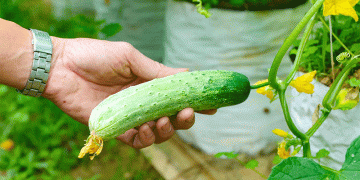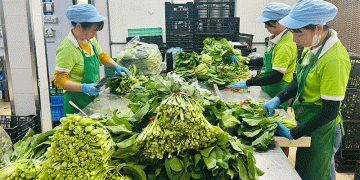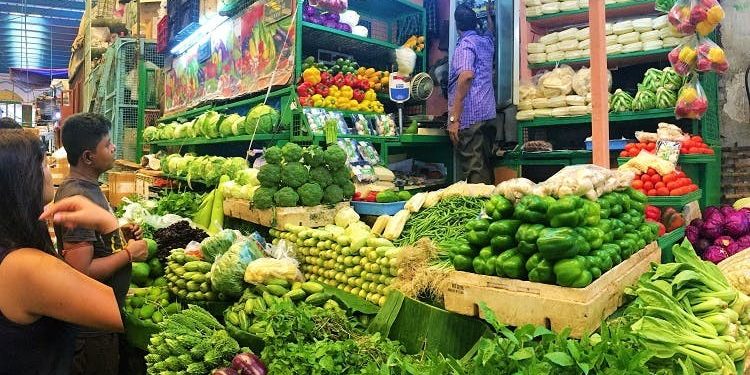The scorching heatwave sweeping across various regions of India is anticipated to exacerbate the already soaring prices of vegetables and pulses. Increased demand coupled with limited supplies have caused vegetable prices to surge in recent months, with essentials like potatoes, tomatoes, onions, ginger, and garlic witnessing substantial price hikes, adding to the financial burden on households. Several states in the eastern, northern, and southern parts of the country are experiencing heatwave conditions, with temperatures surpassing 45 degrees Celsius in some areas.
Vegetable inflation has become a highly volatile factor, influenced by unpredictable weather patterns such as heatwaves, erratic rainfall, and pest infestations, leading to supply disruptions and price escalations. While the overall retail inflation dipped to an 11-month low of 4.8% in April, vegetable and pulse prices remained stubbornly high. For instance, garlic and ginger prices experienced triple-digit inflation rates in March, with garlic inflation reaching an annual 110.1% in April and ginger at 54.6%. Potato prices surged by 53.6%, onions by 36.6%, and tomatoes by 41.8%.
Ashok Gulati, Infosys Chair Professor at the economic think tank Icrier, highlighted the continuous rise in vegetable demand amidst sluggish supplies, attributing the price spikes to adverse weather conditions constraining the availability of produce. He suggested investing in research and development to enhance productivity, promote nutritional value, and environmentally friendly cultivation practices. Gulati recommended short-term measures such as liberalizing vegetable imports to alleviate the current scenario.
The Reserve Bank of India (RBI) has indicated that a record rabi wheat harvest is expected to ease price pressures and bolster buffer stocks, offering a potential respite from the ongoing price volatility in the vegetable market.
































